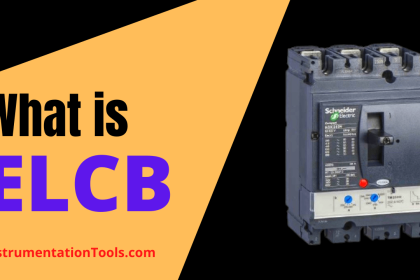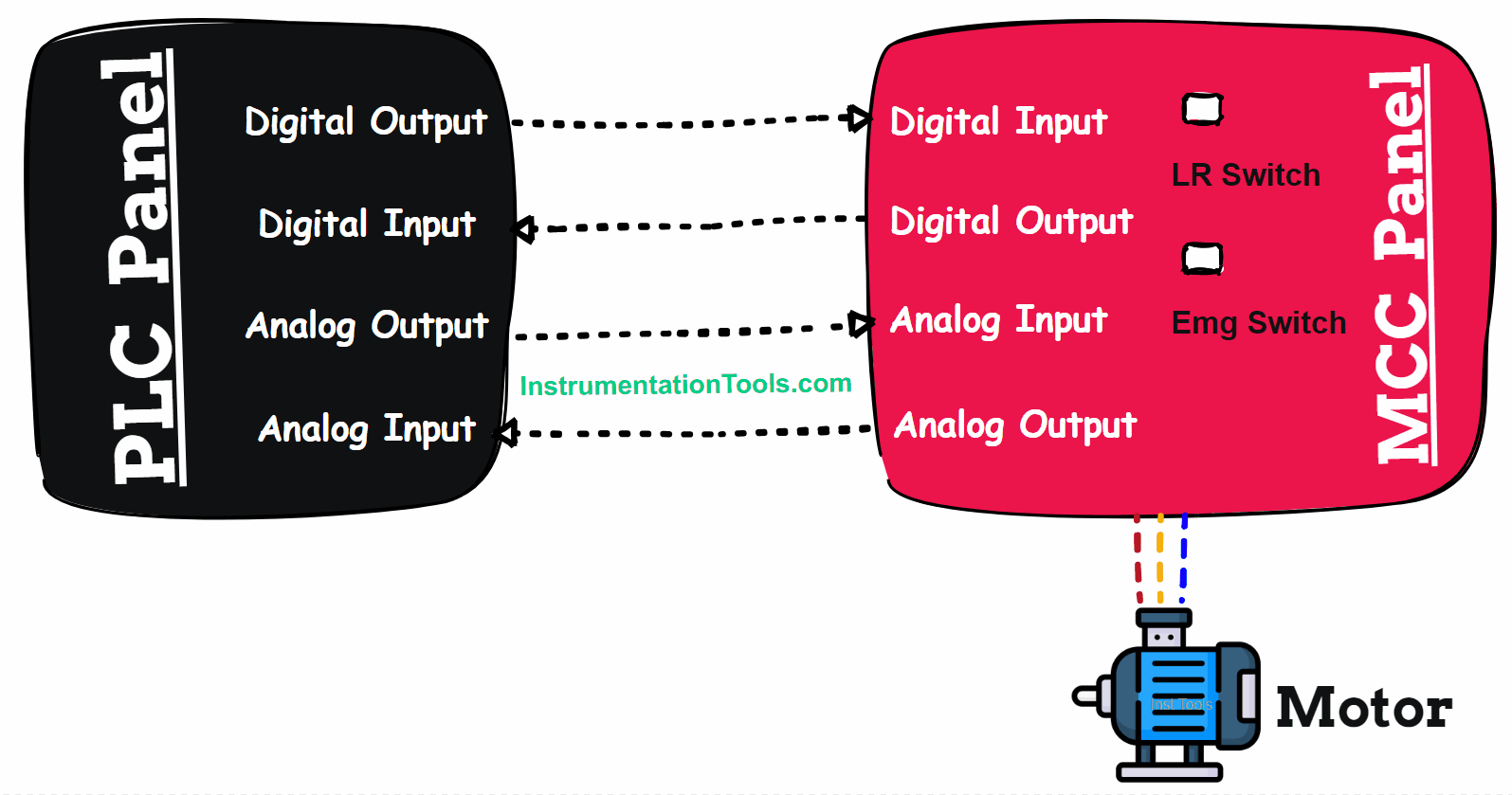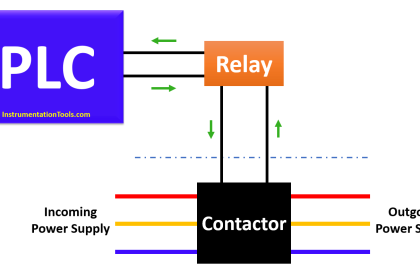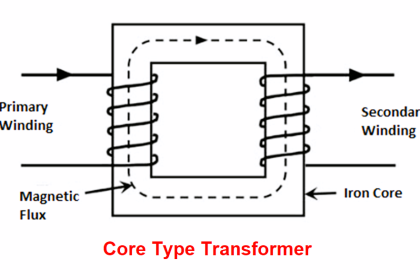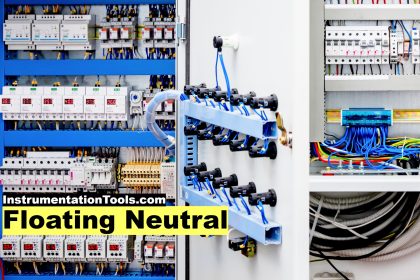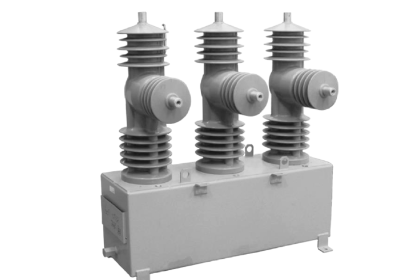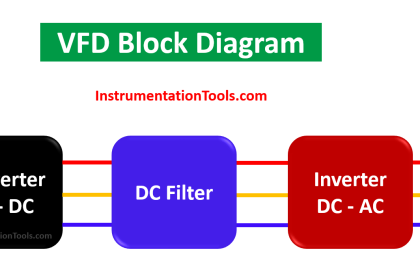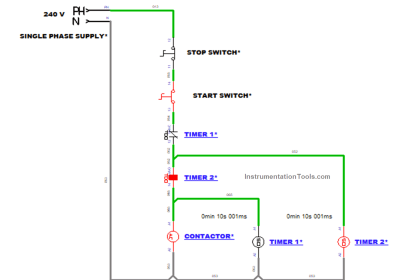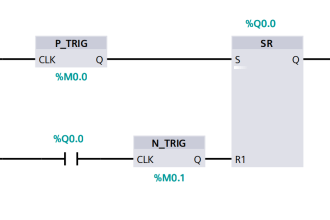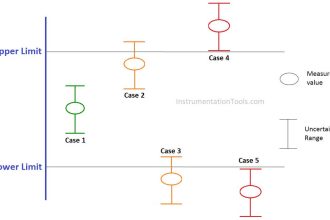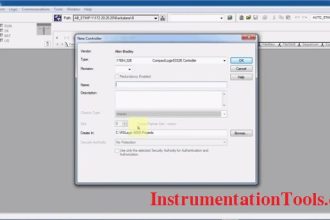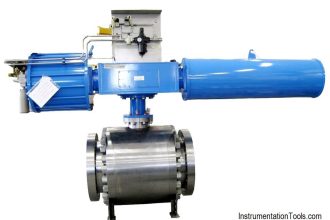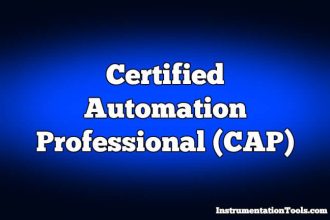In this post, we will learn the types of conductors used in overhead cables.
An electrical wire has two parts – conductor and insulator. The conductor is the inner material which allows to pass electricity, and an insulator is a material which blocks the passage of electricity through it. Both are required to make an electrical wire.
Overhead Cable
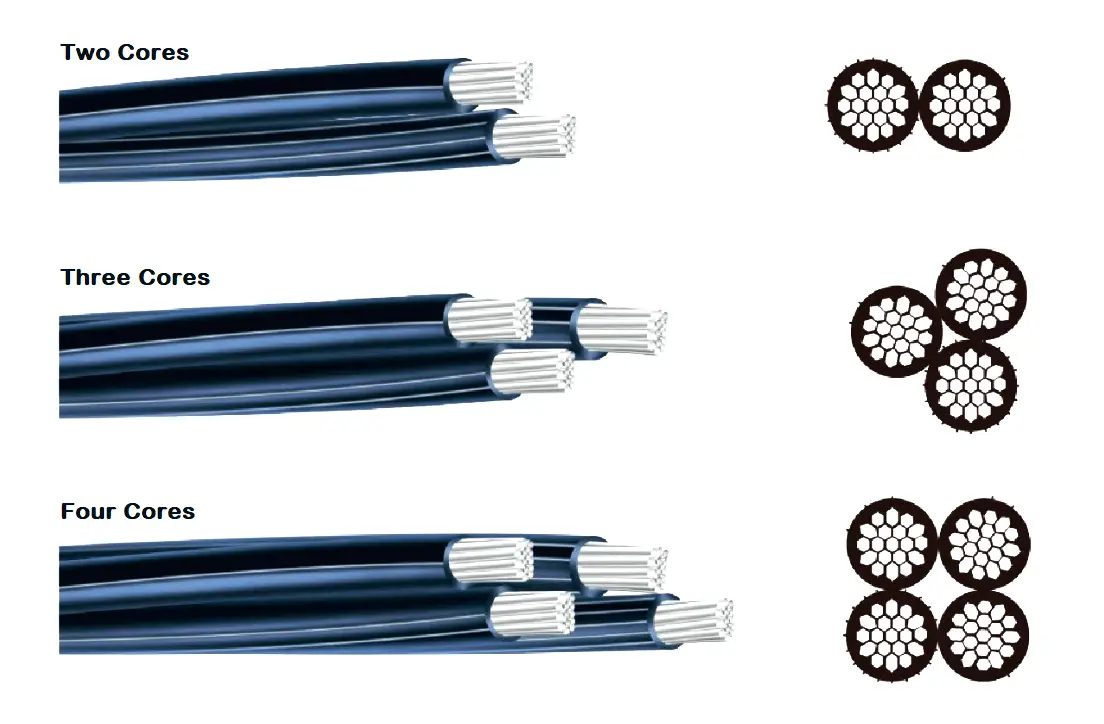
Now, you must have seen long lengths of electrical cables running through a power distribution and transmission grid. It is visible everywhere around us. These are the cables which bring the power to our home. They are called overhead cables.
Types of Overhead Conductors
The most common types of overhead conductors are listed below.
- AAC (All Aluminium Conductors)
- AAAC (All Aluminium Alloy Conductors)
- ACSR (All Aluminium Conductor Steel Reinforced)
- ACAR (Aluminium Conductor Alloy Reinforced)
AAC (All Aluminium Conductors)
As the name implies, the electrical conductor is purely made of aluminium. It can be seen as a stranded set of conductors, stacked one above the other.
Aluminium is a very good conductor of electricity and due to such a large amount of conductor material, AAC has the best conductivity of all. Also, it is highly corrosion-resistant.
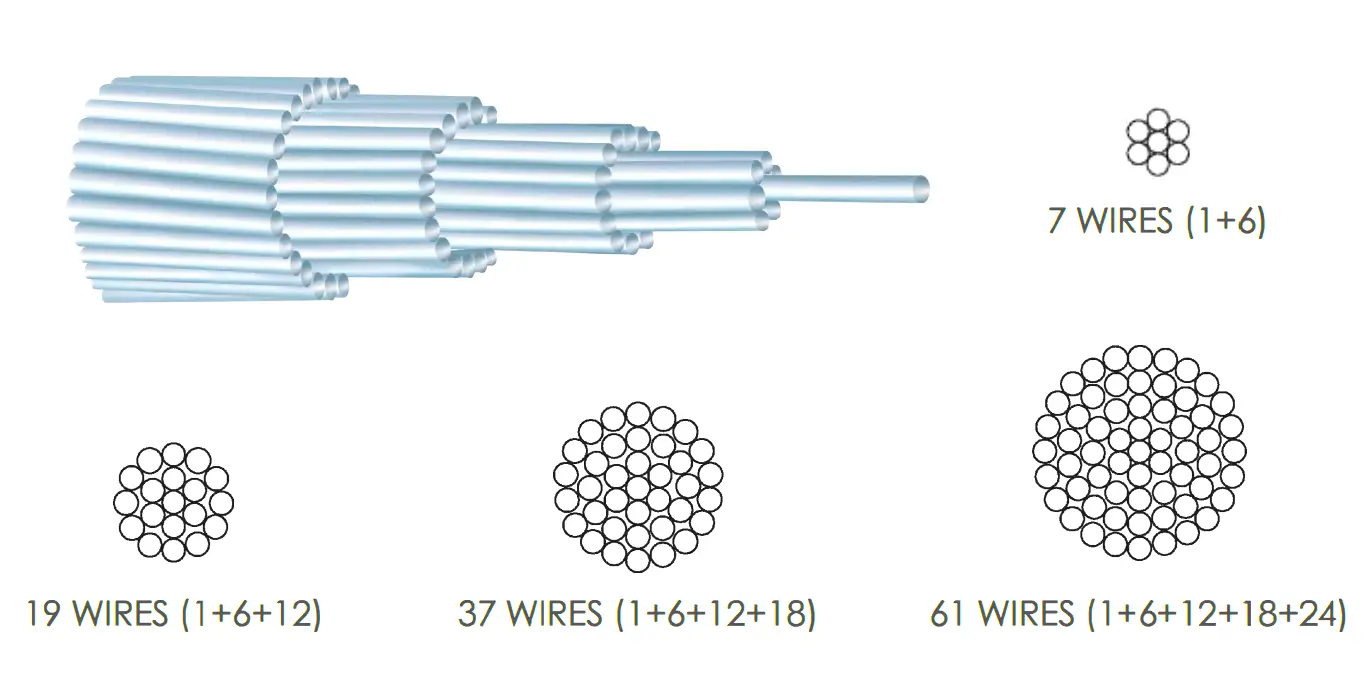
But, because of such a large presence of aluminium, its weight increases as compared to its medium strength and they start to bend out.
That is why these types of conductors are used for shorter distances and where the grid towers are nearby. Because, though it will run only for a short distance, it will provide an excellent current transfer.
AAAC (All Aluminium Alloy Conductors)
As compared to the earlier one (AAC), this conductor is made of aluminium and alloys. The alloy can be magnesium and silicon. Even they are a stranded set of conductors.
But, due to a mixture of alloys, its strength increases and they tend to bend lower as compared to AAC conductors.
So, they can be used for longer distances. But, it has less conductivity and is also less resistant to corrosion as compared to AAC conductors. It has high tensile strength and also has fewer electrical losses.
ACSR (All Aluminium Conductor Steel Reinforced)
The ACSR (All Aluminium Conductor Steel Reinforced) is the most used conductor. ASCR comprises aluminium-stranded coils which are mounted on a central core of galvanized steel (zinc-coated or aluminium coated).
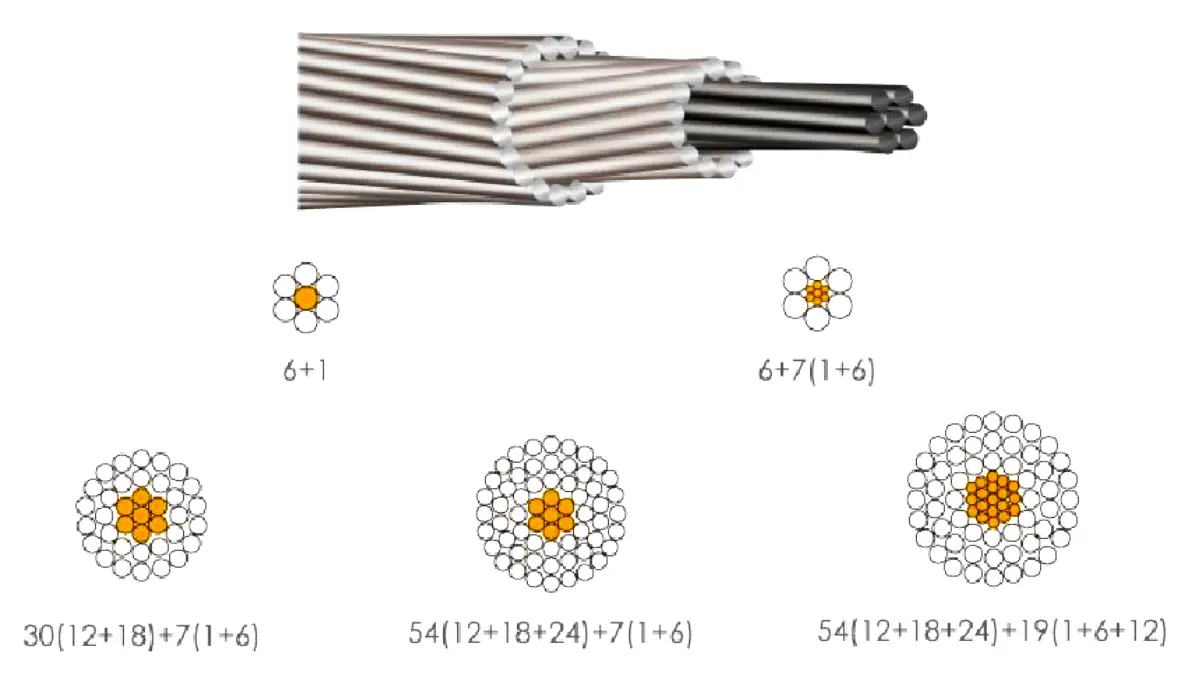
As steel is thinner than aluminium, it provides very high corrosion resistance, high mechanical strength and less bending. This happens due to a perfect weight mixture.
The steel strands are added as mechanical reinforcements. This conductor too has very good conductivity. Due to all these properties, it is highly used in transmission and distribution grids at shorter or longer distances.
ACAR (Aluminium Conductor Alloy Reinforced)
The ACAR (Aluminium Conductor Alloy Reinforced) is a lower version of ASCR. They too have aluminium-stranded coils; but instead of a central steel core, it has a central alloy core (magnesium or silicon).
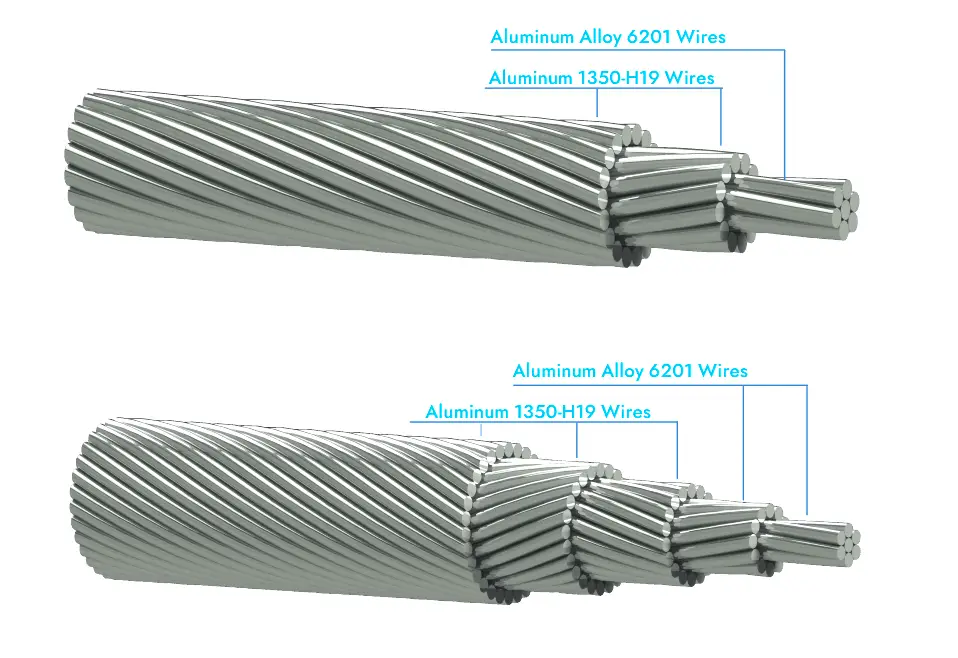
ACAR properties are less attractive than ASCR, due to the use of alloys. But it is used more than AAC or AAAC.
How to Choose the Overhead Conductor?
Well, after understanding the types discussed, we will summarize some general factors which will help in choosing your required conductor.
Let us have a look at them:
- Conductivity
- Tensile Strength
- Cost
- Distance
- Corrosion Resistance
- Weight
- Thermal Stability and other environmental factors
In this way, we understand the most generally used types of overhead conductors.
If you liked this article, then please subscribe to our YouTube Channel for Electrical, Electronics, Instrumentation, PLC, and SCADA video tutorials.
You can also follow us on Facebook and Twitter to receive daily updates.
Read Next:
- Why is IGBT used in VFD?
- Importance of Neutral Wire
- Induction Motor Problems
- Cables between VFD & Motor
- What is a Current Transformer?
